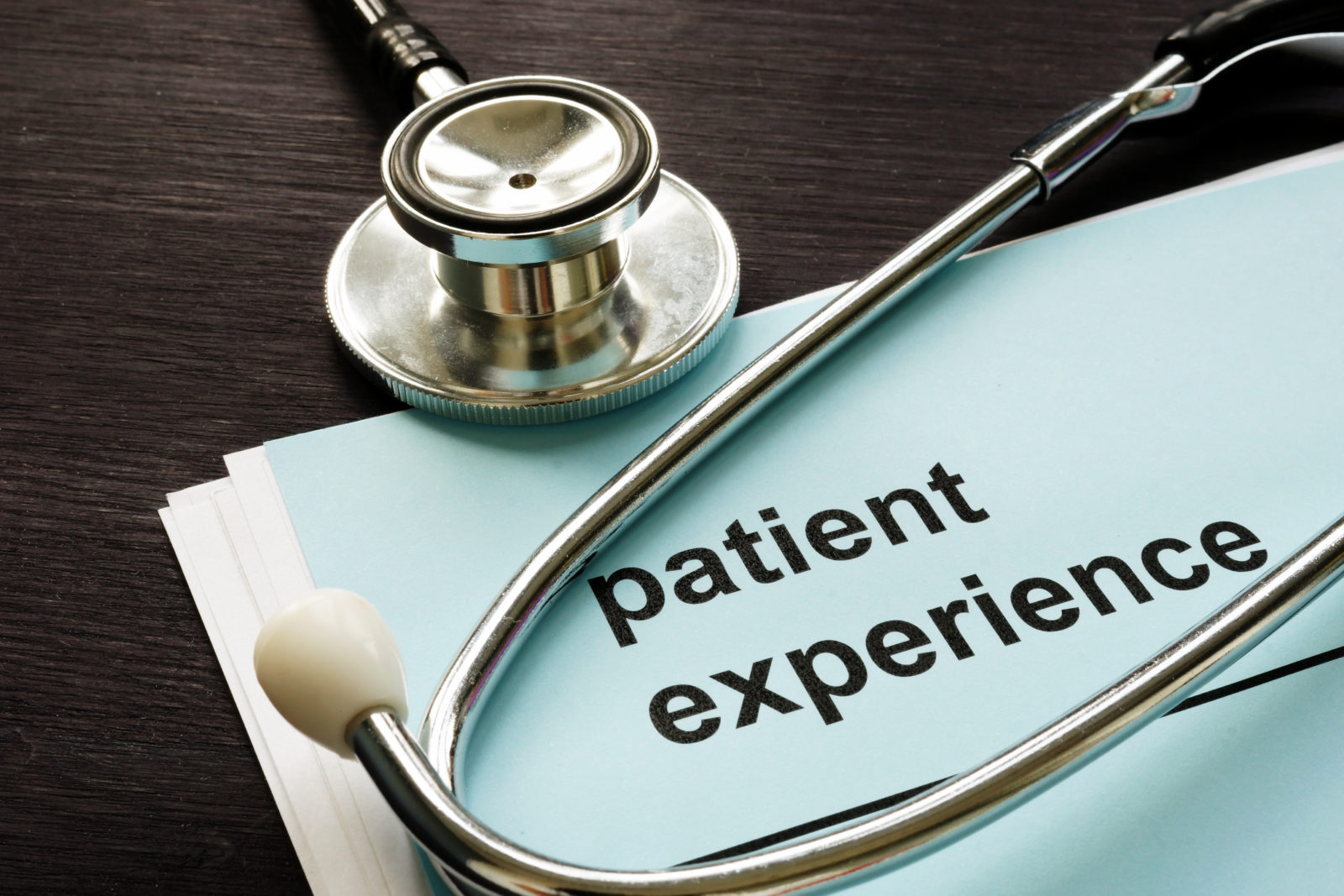Increased enrollment in high deductible health plans and greater access to digital health tools during the pandemic has put patients in the driver’s seat of their care journeys like never before.
As a result, healthcare organizations of all types have shifted their attention to addressing healthcare consumerism – or the personal choice and responsibility in paying for and managing one’s own health – across their populations. Patients have more agency over where and how they receive care, with proximity, convenience, and personalization contributing to their decisions.
Patients want seamless, patient-centered technology that allows them to easily navigate their care. Implementing these digital health tools requires a series of behind-the-scenes processes – including testing – to ensure maximum effectiveness.
By going about these foundational steps smartly, healthcare organizations can set their technology up for success and, ultimately, facilitate higher patient satisfaction and engagement with their health care providers.
A New Era of Care
The rise in telehealth appointments during the pandemic and the continued dominance of Big Tech in people’s everyday lives has created a change in patient expectations. They now want their patient experience to mirror their consumer experiences with the likes of Amazon, Starbucks, and Uber.
Digital health helps to deliver the kind of convenience patients want.
In particular, the American Medical Association (AMA) Digital Health Study 2022 found that the largest growth in adoption was among digital health tools that aid in remote care:
- The percentage of physicians using telehealth grew from 14% in 2016 to 80% in 2022
- The percentage of physicians using remote monitoring devices grew from 12% in 2016 to 30% in 2022
These significant increases represent a shift in how patients receive and manage care, as they now have the opportunity to do so outside the four walls of a healthcare facility. To deliver these frictionless patient experiences, health facilities must successfully launch and maintain digital health platforms.
Testing the various mediums of the patient experience is important and SureTest’s Test Automation Solution is here to help
Three Patient Experience Results from Test Automation
Application testing is one of the many back-end processes that lead to positive front-end technology experiences for all users – including patients. Yet far too many organizations rely on manual testing, which leads to lower staff morale, increased errors, and higher costs.
That’s where test automation comes in. By automating the manual testing processes, healthcare organizations can save time and resources and have greater confidence that their applications will function as intended and meet the patients’ expectations.
Here are the three ways SureTest’s Test Automation Solution supports digital health platforms and the patient experience.
Reduce Friction
When hospital staff manages QA testing with no automation support, the digital health technology is much more prone to errors. That means potential issues may get overlooked, and systems and digital health tools could go live with malfunctioning features that frustrate users.
Test automation eliminates many manual testing processes, catching errors upfront and successfully going live. In particular, SureTest’s Test Automation Solution automates up to 80% or more of manual testing activities thanks to the comprehensive SureWorks™ Library of scripts.
Leveraging automation, the majority of digital health platforms can be free from manual testing. This allows an organization to prevent IT failures down the road and sets the organization up to keep patients engaged with your digital health tools.
Continually Optimize
EHR, third-party, and enterprise applications experience regular upgrades that bring new features and functionalities. If only human testers are managing these upgrades, impacted workflows are bound to be missed, which means the hospital team and the patients could miss out on a better user experience.
SureTest continually updates its SureWorks Library with new scripts customized to each workflow within the healthcare organization. This means each upgrade is easily handled, maximizing the value of technology investments, and driving higher patient engagement.And, as the only managed service test automation solution provider, SureTest performs routine QA testing and real-time reporting, so the hospital team always knows what’s been tested and what’s in the queue. It’s always on – working in the background to keep systems and applications testing smoothly.
Convenient service and frictionless communication are meaningless if patient safety is at risk.
Reducing IT errors is a high priority so patient information remains accurate in all systems. Patients need to know that their data is secure and used appropriately to guide care decisions.
Earn and keep their trust by replacing insufficient manual testing with a test automation solution that keeps risk at bay. SureTest does this by accounting for every patient journey and related workflow. We continually test even amid system changes so our healthcare clients can feel confident in the integrity of their digital health tools.
See The Proof
In the age of healthcare consumerism, healthcare organizations can’t afford to let manual testing hinder their digital health efforts. Patients expect technology that works and facilitates positive experiences along their care journeys.
One client accomplished this by partnering with SureTest to complete performance and stress tests for its COVID-19 vaccination portal in under 96 hours. This allowed the healthcare organization to provide a seamless appointment scheduling process for patients seeking the vaccine, an interactive chatbot to determine eligibility, and up-to-date health guidance.
Download the case study to learn more about how this healthcare system successfully launched these patient-centric tools via test automation.

